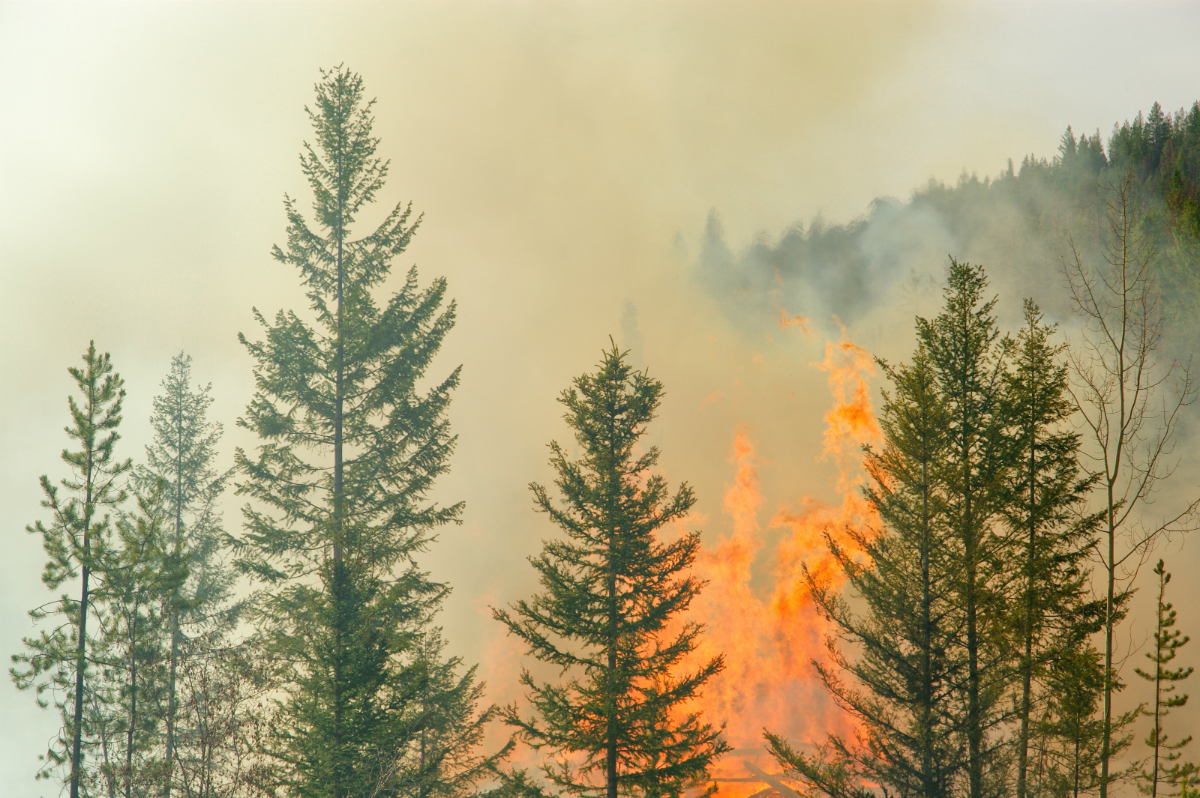A new audit report from the U.S Government Accountability Office addressed to Congress examines how federal disaster recovery funds are being used in districts that received them, and how the COVID-19 pandemic has complicated fund implementation and exacerbated issues connected to natural disasters. In a performance audit conducted from October 2019 through October 2020, the GAO interviewed local educational agency representatives in more than 50 school districts that have received federal funds — including the Immediate Aid to Restart School Operations (Restart) grant and the Project School Emergency Response to Violence (Project SERV) grant — to aid in the recovery from natural disasters such as wildfires and hurricanes.
In addition to tracking how the funding is used, “Disaster Recovery: COVID-19 Pandemic Intensifies Disaster Recovery Challenges for K-12 Schools” also outlines a “range of issues school communities face when recovering from natural disasters [and] provides a sense of what schools across the nation are trying to manage as they re-start school operations during the COVID-19 pandemic.”
Challenges created by natural disasters are exacerbated by COVID-19
An extensive body of research has highlighted the adverse social-emotional and academic effects that experiencing a disaster may have on students. The Federal Emergency Management Agency notes that the resilience of schools is critical to help communities recover from natural disasters. Mitigating student mental health issues and assisting in trauma recovery are at the center of many schools’ reopening plans from natural disasters and COVID-19. All participants interviewed for the audit said that the COVID-19 pandemic has compounded the emotional trauma that staff and students experienced due to recent natural disasters.
All participating LEAs specifically mentioned homelessness in their responses about student and staff trauma. A California official said that half of their district’s staff and more than three-quarters of its students lost their homes in the Camp Fire in the northern part of the state. Most of the interviewees reported that the services needed to treat trauma and other disaster-related mental health issues were not readily available in their areas and noted that federal disaster funds must be used within two years, creating challenges with the implementation of long-term mental health supports. U.S. Department of Education officials noted in the report that grantees may request that the end dates of these grants be extended.
Lost instruction time
The audit looked at lost instruction time in districts that have experienced natural disasters and school closures due to COVID-19. It found that all districts had lost significant instruction time and specifically referenced students in Sonoma County, who have lost 60 days of instruction time due to the pandemic, in addition to the nearly 40 days of instruction time lost last year to wildfires and power shutoffs.
Many LEA officials expressed concern about the effects of the COVID-19 pandemic on low-income and at-risk students, noting that these students are especially vulnerable to the negative effects of lost instruction time. The interviewed official from Sonoma County shared that, over the last decade, school districts there had narrowed the gap between white and Hispanic students in high school graduation rates and college attendance. However, after wildfires and related events, both rates declined for Hispanic students in the county.
Finances stretched thin
Interviewees from nearly every LEA said they were still recovering financially from costs associated with recent natural disasters. Not only is more funding needed for physical repairs and the above-mentioned student and staff mental health supports, but many districts are actually losing money at the same time, due to lower enrollment from families that have been forced to move out of the community following a disaster.
In addition, in states like California in which a large portion of operating budgets come from property taxes, LEA budgets took further hits as property tax revenues declined. COVID-19 has delayed urgently needed construction projects in some recovering districts, such as Golden Feather Union Elementary School District in Butte County, where the pandemic delayed efforts to restore running water to school buildings damaged by a wildfire. The official noted that running water would be especially important for handwashing hygiene when schools physically reopen.
Interviewees also expressed confusion on allowable uses for USDE disaster grants. The Restart grant can only be used for services related to specific disasters, which local education officials said has been challenging because of overwhelming needs resulting from the COVID-19 pandemic. For example, a local official was unsure whether providing mental health services to students related to challenges arising from COVID-19 would be an allowable cost under their grant if those services were provided to the entire student body, rather than only to students impacted by their natural disaster.
“Further complicating use of disaster funds during the pandemic, several local education officials whose districts experienced natural disasters in 2018 said their districts received Restart grant funding in the spring or summer of 2020, after the onset of the COVID-19 pandemic,” the GAO report concludes. “Given the difficulties school communities are facing in making progress recovering from recent natural disasters, and grantees’ concerns about lack of clarity regarding how to use their disaster funding during the unprecedented pandemic, we will continue to monitor federal actions as affected schools work to recover from both natural disasters and the pandemic.”





